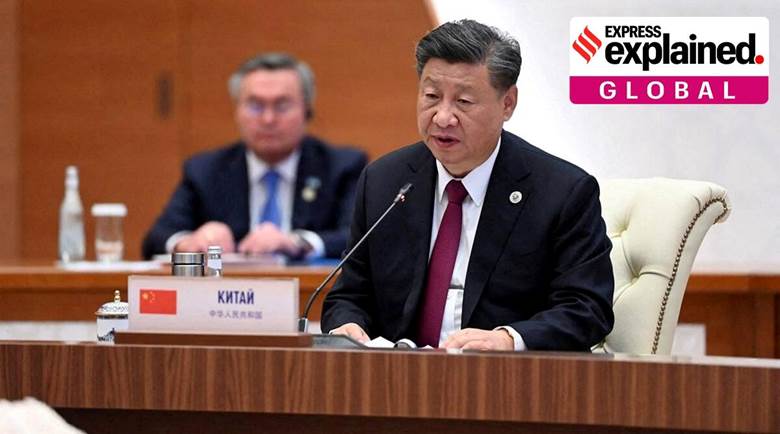Free Courses Sale ends Soon, Get It Now


Free Courses Sale ends Soon, Get It Now



Copyright infringement not intended
Context: Chinese President Xi Jinping appealed to Russia, India, and other members of the Shanghai Cooperation Organisation (SCO) to cooperate with each other in order to prevent foreign powers from destabilising their countries by inciting “colour revolutions”.
What are “colour revolutions”?
A look at some of the better known “colour revolutions”:
© 2024 iasgyan. All right reserved